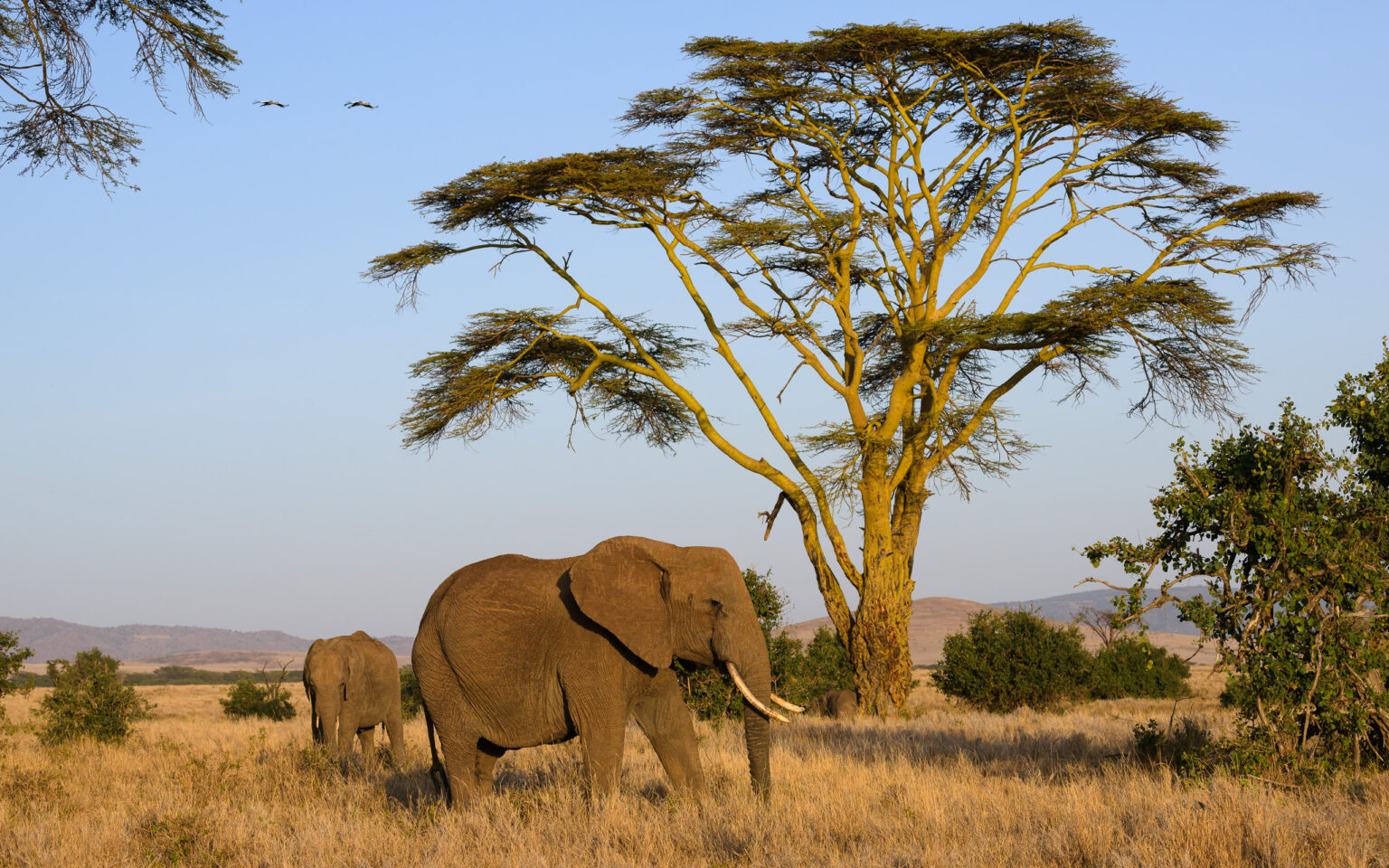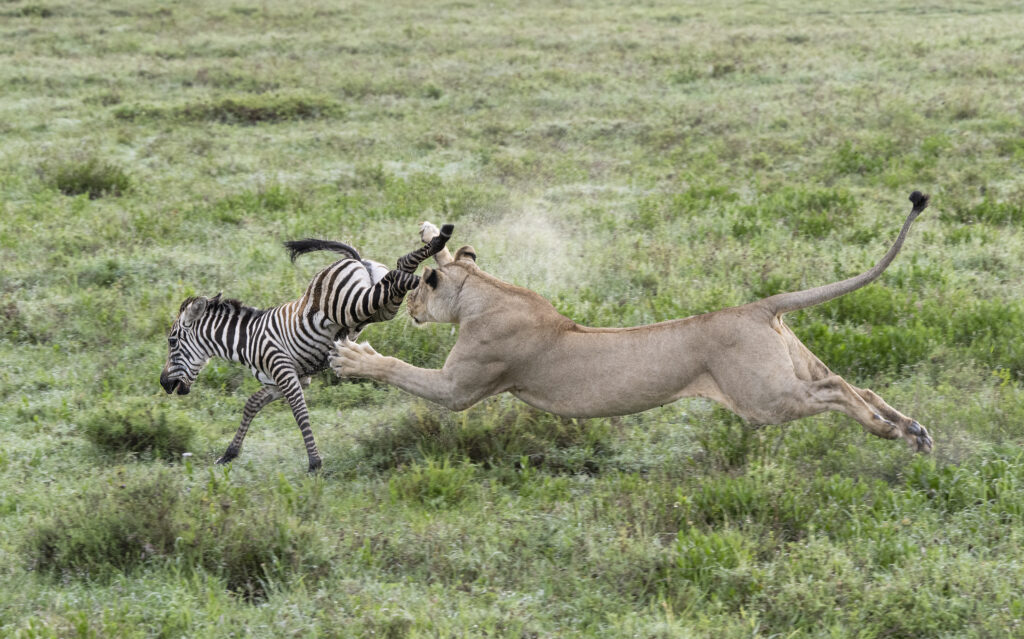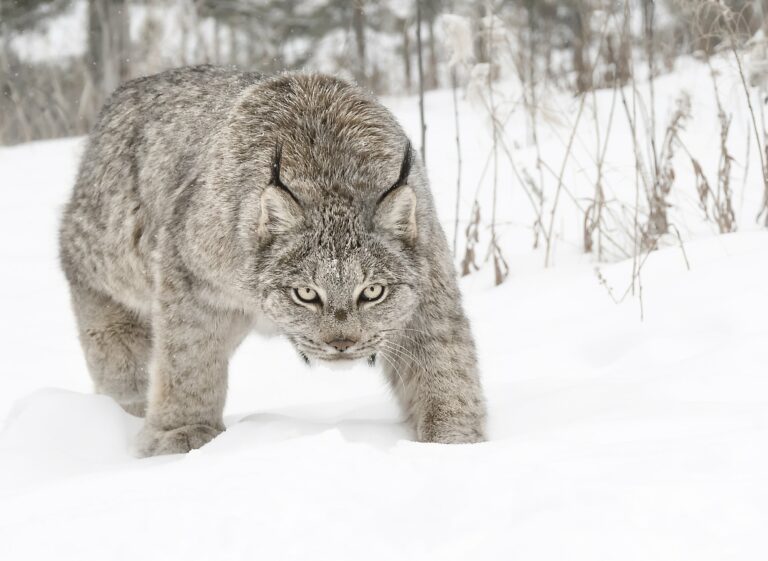
What is the difference between a regular safari and a photo safari?
By Kevin Pepper |
After spending countless days on African safaris over the last decade, I wanted to address a question we always get: what are the differences between a regular and a photo safari?
How much time is spent with the wildlife?
Regular Safari: You spend little time on a sighting before moving on to the next animal. The driver feels pressure to deliver the maximum number of animal sightings during the safari to make everyone in the safari vehicle happy. Photographers need more time to enjoy each sighting and get quality photos.
Photo Safari: You will spend more time on animal sightings. You have more time to enjoy and experience animal interactions and more opportunities for stunning photos.

Will you get help getting good photos?
Regular Safari: You have a qualified nature guide. They may or may not be photographers and often don’t appreciate the need to optimize lighting and background. Their goal is to get tourists in front of animals, not positioning the vehicle in anticipation of a great photo opportunity. They aren’t going to be a help with camera settings either.
Photo Safari: You will have a professional photo guide who anticipates animal behavior and understands the environment.
Your photo guide will anticipate animal behavior and work with the local guides to position the vehicle appropriately. Based on the situation, they will prepare you with the correct camera settings and tell you what to watch for and photograph.
What is the vehicle space like for photographers?
Regular Safari: A regular safari is less expensive because each row in the vehicle is packed. Crowded vehicles make it difficult to take photos. With lots of movement and people in the way comes frustration for a photographer.
Photo Safari: A good photo safari will put up to three people in a special photo vehicle. Each photographer gets their own row for quick access from both sides of the vehicle. Your photo guide will also work with everyone to learn how to minimize vehicle movement and obstructions.

Teamwork and a common goal
Regular Safari: Not everyone in the vehicle shares the same interests. The local guide has to cater to all guests, making spending a long time at an animal sighting difficult.
Photo Safari: Everyone is working towards the same goal: the ultimate photo. With a common goal, there will be patience to wait for the action.
When are meal times?
Regular Safari: Fixed breakfast and lunch times are back at the camp. When an animal sighting conflicts with the camp’s meal schedule, your sighting can be cut short.
Photo Safari: Our eating times are flexible for breakfast, lunch, and dinner. An experienced photography leader, or at least one who understands the needs of a photographer, will have all the options covered.
You will eat breakfast before the sun rises to ensure you are out taking photos under the best light of the day. Lunch plans will be flexible. They could bring lunch to you, or you might take a prepared lunch on the safari so you don’t miss the action. Dinners are served after sunset so you can take advantage of animal activity in the evening light.
Will you receive post-processing help?
Regular Safari: Photo processing instruction and image reviews aren’t part of a regular safari, so you are on your own.
Photo Safari: After dinner, your photo guide will be available to review your images. They will look at your settings from the day’s photos and offer you suggestions on how to improve. They will also show you examples of how to post-process your images.

What can you expect when on an Akari photo safari?
We start our teaching long before we are on safari. We will discuss your photography expectations and have you research the photos you want to take while on safari. Our professional photo guides will then use these photos when communicating with the safari vehicle drivers to show them the photos we want to take. We review these images with the drivers each morning to keep them top of mind with the people who will be guiding you.
We will also send you our wildlife eBook to help you identify the five critical elements for success as a wildlife photographer.
- Research animal behaviors and shooting locations before embarking on a wildlife photo shoot.
- Pre-visualize scenes before capturing them.
- Make the right decisions in the moment of action.
- Take photos with editing and post-processing techniques in mind.
- Learn from the most common mistakes wildlife photographers make.
When we are on safari together, we will be with you every step of the way. We will help you with settings, telling you what behavior to look for in each situation, and we promise to prioritize your photos over ours.
After our time on safari, we will set aside time to talk to you and review your images after you get home. This image review lets you send us pictures you want help editing or spend time with a professional photographer to give feedback on your favorite photos.
We’d love to have you join us on a photo safari, and you can see our current Africa trips here.


